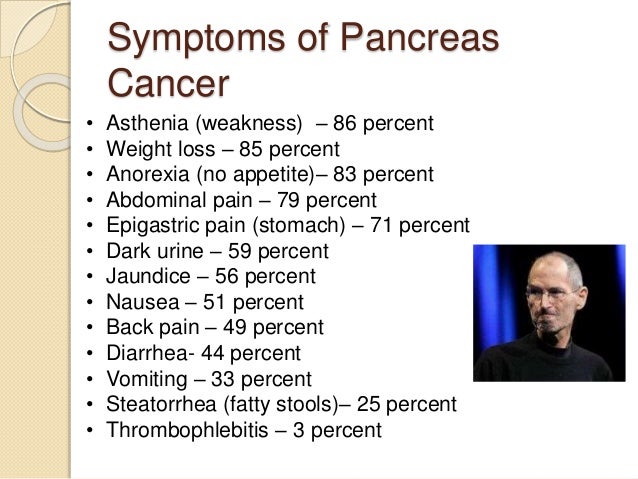A protein encoded by the gene glypican-1 (GPC1) present on cancer exosomes may be used as part of a potential non-invasive diagnostic and screening tool to detect early pancreatic cancer, potentially at a stage amenable to surgical treatment, according to a study at The University of Texas MD Anderson Cancer Center.
Exosomes - tiny, virus-sized particles released by cancer cells, contain DNA, RNA and proteins. Scientists isolated and monitored GPC1-enriched circulating exosomes from the blood of pancreatic cancer patients, termed GPC1+ crExos.
“GPC1+ crExos were detected in small amounts of serum from about 250 patients with pancreatic cancer with absolute specificity and sensitivity, importantly distinguishing patients with chronic pancreatitis from those with early- and late-stage pancreatic cancer,” said Raghu Kalluri, M.D., Ph.D., chair of Cancer Biology.
Levels of GPC1+ crExos were signicantly lower in patients following surgical removal of the tumor, said Kalluri, whose study results are published in the June 24, 2015 issue of Nature. The study examined crExos from healthy donors and breast and pancreatic cancer patients. Elevated GPC1+ crExos were seen in both cancers.
“GPC1+ crExos can be detected and isolated in blood samples that were stored in freezers almost 30 years ago, unlike circulating tumor cells (CTCs) that require large amounts of fresh blood,” said Kalluri. “DNA, RNA and proteins can be isolated from cancer exosomes isolated from stored specimen for further genetic and biological analyses. Therefore, cancer exosomes are not just a biomarker but isolating them provides a trove of cancer specific information.”
 GPC1+ crExos appear to be a more reliable screening tool than the commonly used CA 19-9 biomarker. The study found that GPC1+ crExos detected the possibility of pancreatic cancer in mouse models of pancreatic cancer at a time when the mice showed no signs of pancreatic disease by MRI.
GPC1+ crExos appear to be a more reliable screening tool than the commonly used CA 19-9 biomarker. The study found that GPC1+ crExos detected the possibility of pancreatic cancer in mouse models of pancreatic cancer at a time when the mice showed no signs of pancreatic disease by MRI.
“Routine screening of the general population for pancreatic cancer using MRIs or CTs would be prohibitively expensive with the likelihood for many false positives,” said David Piwnica-Worms, M.D., Ph.D., chair of Cancer Systems Imaging, “Our study suggests the potential for GPC1+ crExos as a detection and monitoring tool for pancreatic cancer in combination with imaging, with an emphasis on its application in early detection.”
Because pancreatic cancer-specific genetics can be detected in these exosomes, there is great potential to enhance specificity of MRIs or CTs, ” said Kalluri
If detected early, surgery involving a pancreatico-duodenectomy or the Whipple procedure can be curative for pancreatic cancer patients. Since pancreatic cancer is often diagnosed in the later stages, only about 15 percent of patients qualify for the surgery.
“Studies comparing stage of disease with outcome following surgery suggest that death rates for pancreatic cancer would be reduced if the disease were diagnosed at an earlier stage,” said Kalluri. “This presents an unprecedented opportunity for informative early detection of pancreatic cancer and in designing potential curative surgical options.”
###
Members of the MD Anderson research team included Sonia Melo, Ph.D., Linda Luecke, Ph.D., Christophe Kahlert, Ph.D., and Valerie LeBleu, Ph.D., all of Cancer Biology; Seth Gammon, Ph.D. and David Piwnica-Worms, M.D., Ph.D., from Cancer Systems Imaging; and Elizabeth Mittendorf, M.D., Ph.D., from Surgical Oncology.
Other participating institutions include the University de Oviedo, Oveido, Spain, Universität Dresden, Germany, and the Centro Nacional de Biotecnologia, Madrid.
The study was funded by the Cancer Prevention and Research Institute of Texas, MD Anderson Cancer Center, and partially by the National Institutes of Health/National Cancer Institute (CA151925, P30CA016672, P50CA094056, and 5U24CA1265577).
###
Ron Gilmore
.(JavaScript must be enabled to view this email address)
713-745-1898
University of Texas M. D. Anderson Cancer Center